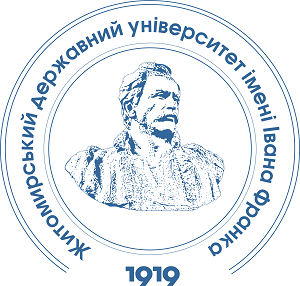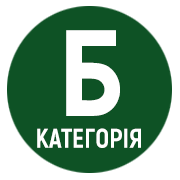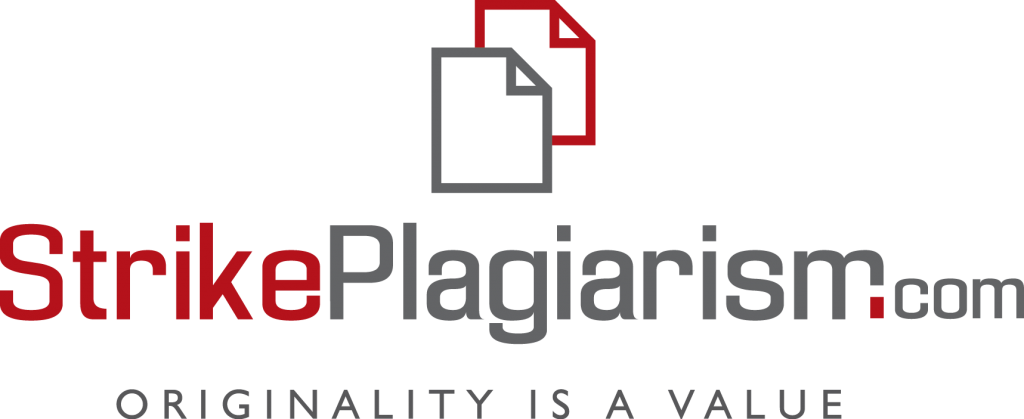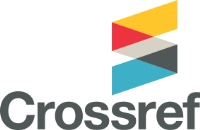WORKING WITH INFORMATION SOURCES AS A FOUNDATION FOR DEVELOPING SPECIAL COMPETENCIES IN STUDENTS PURSUING A DEGREE IN PSYCHOLOGY
DOI:
https://doi.org/10.32782/psy-2025-5-15Keywords:
primary information sources, secondary information sources, bibliography, special competencies, professional activityAbstract
This article focuses on special aspects of distinguishing between various types of information sources. In particular, it is emphasized that ability to work with sources of information is a key special competence of future psychologists. Individual selection of literary sources, their critical analysis, and the ability to categorize information sources into primary (source materials) and secondary ones are essential for success in future professional activities. Both source materials and secondary information sources are crucial components in the professional training of psychology specialists. The article presents examples of tasks assigned to higher education students in the framework of compulsory educational component “Introduction into Major with Fundamentals of Professional Deontology”. These tasks serve as illustrations of analysis of the main criteria that students can use to classify a source of information as primary (source material) or secondary. Illustrative explanations of situations where the same source may be considered a primary source (source material) in one case and a secondary source in another are important for understanding special aspects of distinguishing information sources into primary and secondary is further enhanced by. Further prospects include a deeper analysis of challenges related to working with information sources, improvement, and development of new tasks in the educational component – course “Introduction into Major with Fundamentals of Professional Deontology”, that will help students to develop special competencies related to the ability to select and differentiate information sources by criterion of primacy and secondariness. Moreover, future prospects will also include construction of tasks that will help future professionals to distinguish tertiary sources from primary and secondary ones and understand the appropriateness of their use in various types of academic and scientific writing. The material in this article may be useful for future psychology professionals and all, who works with different types of information sources.
References
Десятов Д. Л. Деякі аспекти використання історичного документа. Історія та правознавство. 2006. № 26. С. 3–7.
Методичні рекомендації до практичних занять та до організації самостійної роботи з обов’язкової освітньої компоненти «Вступ до спеціальності з основами професійної деонтології» / Уклад.: І. С. Загурська, О. М. Савиченко, Ю. П. Пехоцька. Вид. 2-ге, допов. і перероб. Житомир : Вид-во ЖДУ ім. І. Франка, 2025. С. 47. URL: http://eprints.zu.edu.ua/id/eprint/43045. (Дата перегляду: 25.03.2025).
Мішалова О. Робота над першоджерелами як засіб формування стійких знань і метод розвитку критичного мислення у студентів вищого навчального закладу. Педагогіка вищої та середньої школи. 2013. Вип. 39. С. 75–81.
Освітньо-професійна програма «Психологія» першого (бакалаврського) рівня вищої освіти. Житомир : ЖДУ імені Івана Франка. 2024. URL: https://eportfolio.zu.edu.ua/media/StudyProgram/357/p8uo8dtz.pdf (Дата перегляду: 21.03.2025).
Романюк М. М. Загальна і спеціальна бібліографія : навчальний посібник / 2-ге вид. Львів : Світ, 2003. 96 с.
Січкаренко Г. Г. Документні джерела інформації: навчальний посібник. Переяслав-Хмельницький, 2018. 212 с.
Словник української мови : [в 11 т.] / Ін-т мовознавства ім. О. О. Потебні; редкол. : І. К. Білодід (голова) [та ін.]. Київ : Наук. думка, 1970–1980. Т. 6 : П-Поїти / ред. тому: А. В. Лагутіна, К. В. Ленець. 1975. С. 339. URL: http://irbis-nbuv.gov.ua/ulib/item/UKR0001624. (Дата перегляду: 20.03.2025).






